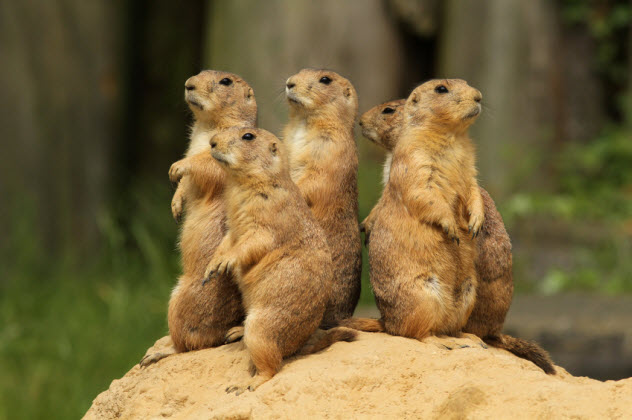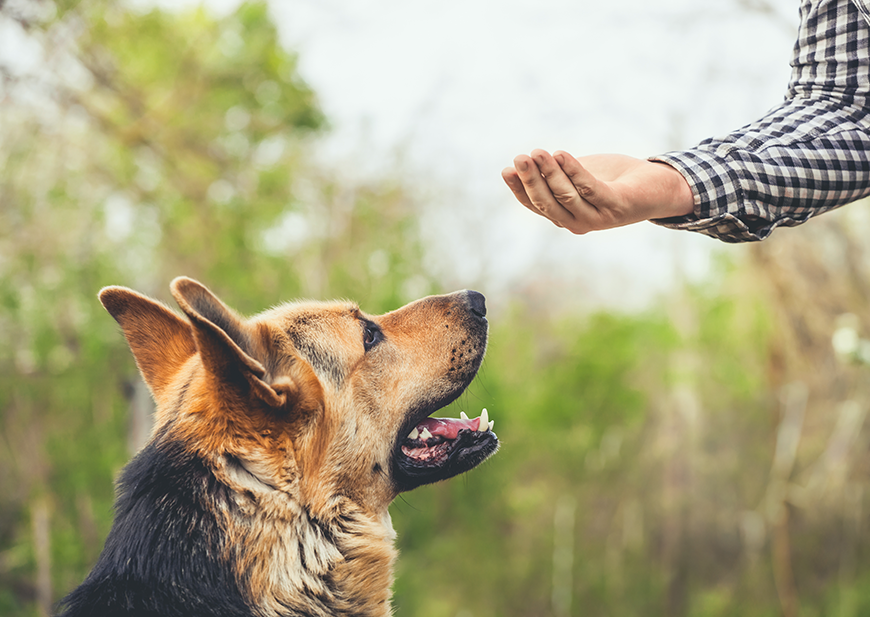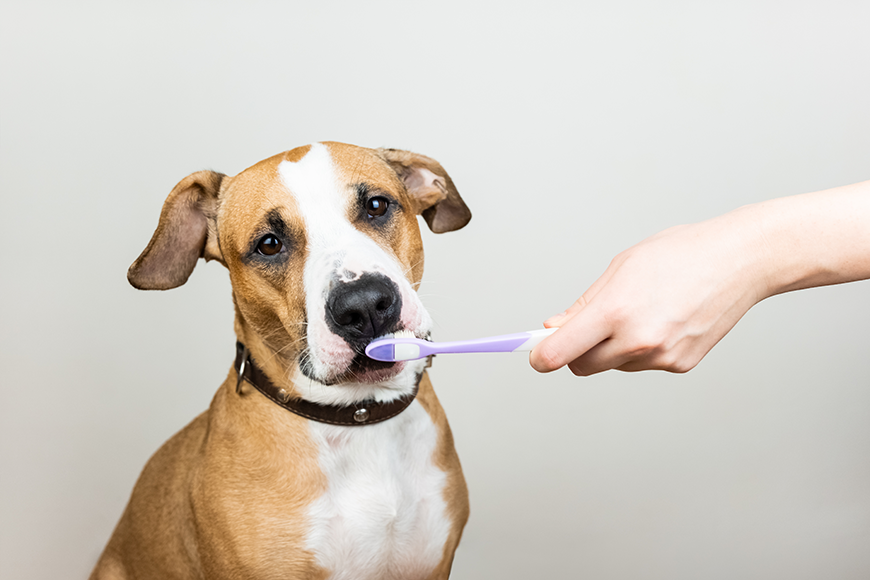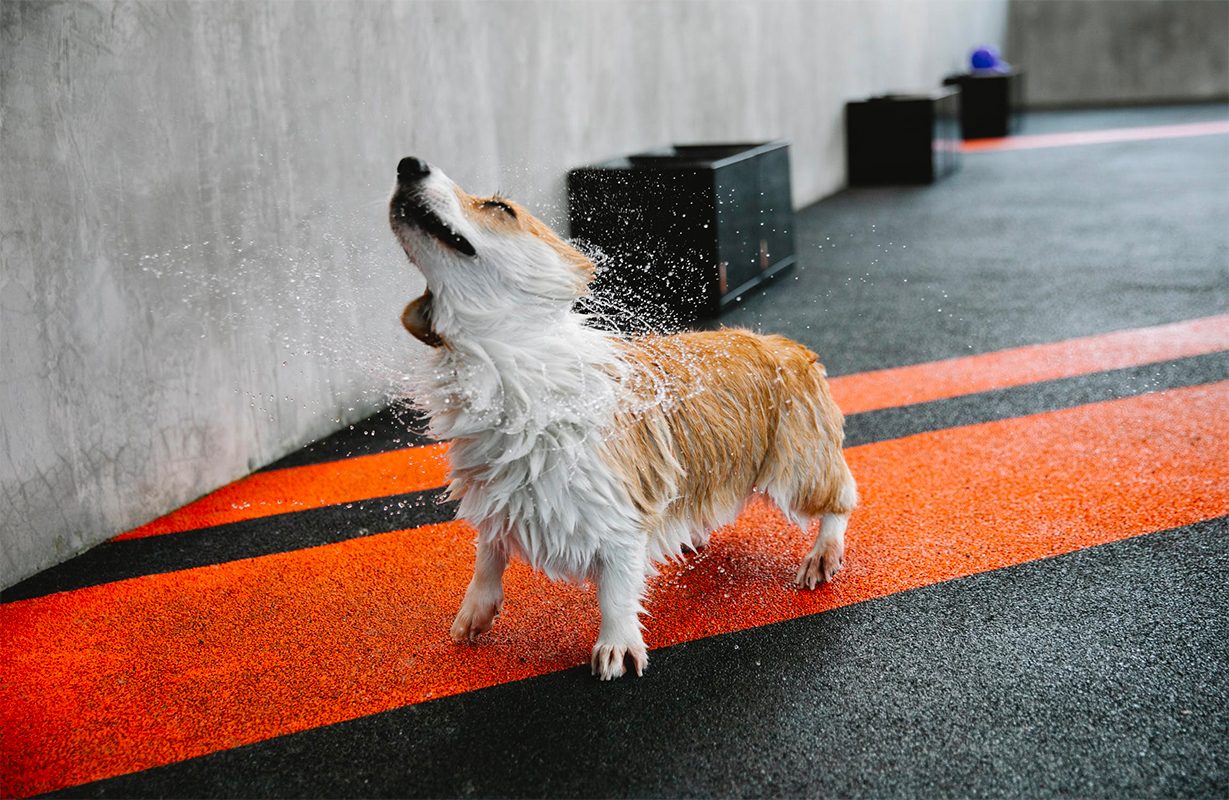Top 10 wild pets in the world
Top 10 wild pets in the world. You probably are interested in exotic pets, whether it’s because you want to be the guy at the party carrying an iguana or because you can’t live without a cute little monkey! Several adorable and fascinating creatures are sold as exotic pets globally. Of course, not every readily available pet is good. Others are just dangerous, while some are exceedingly challenging to care for. You can own these ten creatures in some locations, but you shouldn’t. They may have initially sounded like a brilliant idea.
10 Prairie Dogs
America’s Great Plains are home to cute rodents known as prairie dogs. They frequently can be seen keeping watch outside of their burrows for predators. Although they lack long, bushy tails, prairie dogs are a subspecies of ground squirrels. Whatever the case, they are adorable little creatures, and many people have adopted them as pets. Not because it might cause harm to your house but because it’s probably the worst thing you can do. Prairie dogs are social animals in family groups of 15 to 26 members. These groups are called “towns” and may cover a sizable area. Prairie dogs groom one another and kiss one another within their social groups. You will be required to fill the roles of dozens of prairie dogs to deprive a prairie dog of its social grouping. If you keep one as a pet, you’ll need to devote a significant amount of time each day to grooming and caring for your prairie dog. The little furball may find this amusing at first, but over time, he will see you less and less (in most situations).
9 Fennec foxes
One of the few foxes kept as pets is the fennec fox, distinguished by its large ears. They are the smallest canids with a maximum weight of fewer than 3 lbs (1.3 kg). They are attractive as pets (they resemble Pokémon) because of their big ears, small stature, and adorable features. But before you adopt one, you should understand what you’re getting into. Being crepuscular by nature, fennec foxes are most active at dusk. This isn’t going to change even if they are tamed, so you are getting a pet that will undoubtedly wake you up in the morning or keep you up at night. In their pursuit of insects to eat, they also enjoy digging and have been known to dig deep holes.
8 Servals
A serval is a wild cat living throughout Africa’s non-rainforest areas. They frequently have golden-yellow spots on their coat and have the longest legs of any cat (relative to body size) thanks to evolution. Although they resemble domestic cats in some ways, they are gorgeous animals altogether. While some serval cats have been domesticated, most have not. They have nevertheless played a significant role in human history for a long time. Egyptian art from 4,000 years ago contains depictions of them. Although they were frequently given as gifts from Nubia, they are now traded as exotic pets. These animals need to move around because they can’t just sit on a bed in your apartment! They demand specialized (expensive) diets and frequently need veterinary care. Additionally, they do not quickly adapt to litter boxes and mark their territory. Adopting a regular housecat is far preferable to leaving servals in their natural habitat.
7 Capybara
The capybara is the largest rodent species, which resembles a gigantic guinea pig. They are all adoptable, adorable, and fascinating animals, just like the others on this list. They are, of course, on this list, and you should not adopt them for various reasons. Capybaras are social animals, just like prairie dogs, and they typically travel in packs of 100. Those who live in smaller groups are never alone and should never be abandoned. Despite their size, it might not be accurate to say that these are the largest rodent species. Most people associate rodents with mice or other small animals, but these creatures can reach heights of two feet (0.6 meters) and weigh 170 lbs (77 kg). Since these are social animals, they are much bigger than most dogs, so you’ll need to get more than one if you want to keep one.
6 Kinkajous
Small frugivorous mammals called “Honey Bears,” or kinkajous, are indigenous to Central and South America. Although they resemble primates somewhat, they are related to raccoons and are not primates themselves. Because they are nocturnal and live in trees, they do not interact with people in the wild. Although buying one can be challenging, they are hunted in their natural habitat for the exotic pet industry. Kinkajous are still available as pets in some regions of the world, but as with everything else on this list, you shouldn’t get one unless you have plenty of time, money, and space. Though they are occasionally considered tame, kinkajous can be kept as pets. They make destructive pets because they frequently bite and scratch those who support them in zoos and homes. Their saliva contains harmful bacteria that, if ingested, can have serious, even fatal, effects on some people.
Top 10 wild pets in the world
5 Sloths
Due to the many pictures and videos posted online, sloths have become well-known creatures. They are sweet, slow-moving little creatures that practically everyone who sees wants to adopt as a pet. In many places, owning them is acceptable, which has led some people to believe they would make good family pets. They aren’t because, of course, they are on this list! Sloths may be cute, making them seem less dangerous, but they are wild animals. Because they haven’t been domesticated, sloths must stay in their natural environment. Despite your best efforts, they do not fare well in captivity. They thrive in the canopy of tropical rainforests. Despite their appearance, sloths can pose a threat to humans. They are not averse to using their big, sharp teeth. They are powerful, and a bite from one can endanger a human with bacteria. A sloth can be dangerous if it becomes aggressive because they are three times more potent than the average person, pound for pound.
4 Monkeys
The cuteness of monkeys cannot be disputed. They appear cute, furry babies you could cuddle and play with. Even Ross had one on Friends for a while, but David Schwimmer admitted that he detested using it. Although they are cute, monkeys are not suitable pets. Adopting a monkey is possible and is even permitted in some locations. An adoptable capuchin, guenon, tamarin, marmoset, macaque, or squirrel monkey is also legal. Ross owned a capuchin, the most popular kind of monkey for pets. You have probably seen them on TV acting cutely because they are frequently used as animal actors.
3 Chimpanzees
If you have a broader interest in primates than just monkeys, you might choose to adopt a chimpanzee. Since these Great Apes are the closest living relatives of humans, they must be beautiful pets. I’ll repeat it: No, no, and no! Sadly, keeping a chimpanzee is not recommended. Despite this, it’s not illegal to keep them as pets in some parts of the world. Like monkeys, they need diapers outside their enclosures because they are still learning how to use toilets. If that doesn’t discourage you from getting one, remember that they can live up to 60 years in captivity and demand a significant investment of time, money, and care.
2 Tigers
You are probably already aware of the sad fact that more tigers are kept in captivity in the United States than in the wild if you watched Tiger King. Unfortunately, it’s accurate, and the figures are astounding. About 5,000 big cats live in the United States, compared to only about 3,900 in the wild. Tigers have long been kept as pets despite being the most giant cats in the world and an apex predator. Tigers are not domesticated animals in any way. Even though they can be kept as pets in caring environments, you’re ultimately bringing a 600 lb (272 kg), 11-foot (3.3 meters) monster of teeth and muscle into your home. Although there are many tigers in the United States, keeping them is generally not permitted. The main issue with maintaining tigers is that they need a lot of space and food to stay healthy. You’re looking at a considerable, constantly hungry expense because you can’t take them to the neighborhood vet either.
1 Bears
The biggest land carnivore currently living in the wild is the bear. Despite how cute they may appear, they are extremely dangerous. Depending on the species, some bears can reach enormous sizes, and all of their paws are covered in what resembles tiny blades (which are huge). Despite this, many people have kept them as pets over the years. Although it sounds challenging, some people take care of bears. Rarely, and only to certain people in very particular circumstances, can they make good pets. Most nations forbid their citizens from owning bears as pets, but some regions do. Nevertheless, if you’re not a trained bear keeper, bringing a bear home is not advisable. Even then, it is not advised. A bear can reach a maximum weight of 1,500 lbs. (680 kg), and they develop quickly. Care for a bear cub is complex since they can promptly mature into adults. They need a lot of food and space to move around freely. In a small enclosure, they won’t be content.
Pet’s Mall and Pet Clinic
Pet’s Mall and Pet Clinic in Lahore is the best place for your pets. Dr. Sami is an amazing vet there, and he has a super team and cool equipment. If your pet needs help, this is the place to go. They have everything your pet might need and care about making it feel better. So, if your pet is sick or you need pet stuff, check out Pet’s Mall and Pet Clinic. Your pet will thank you!
CONTACT US
- 34 Q Block, Johar Town, Shah Alam Road, Near Ayub Chowk, Lahore
- 0313-4343476
- petsmallpk@gmail.com
Popular Post
How to choose a training
Top tips for caring for
Tips for keeping your cat
Archives
Tags
Email for newsletter
At Pets Mall, we offer premium quality dog and cat food, pet supplies, and vaccination. Get everything you need for your pet!
If you pets need immediate veterinary’s treatment, give us a call and we will send a specialist vet to your home.
- 34 Q Block, Johar Town, Shah Alam Road, Near Ayub Chowk , Lahore
- petsmallpk@gmail.com
- 0301-7475573 , 0313-4343476
COPYRIGHT © PetsMall.pk ALL RIGHTS RESERVED. | DEVELOPED BY DIGIKNOWN











